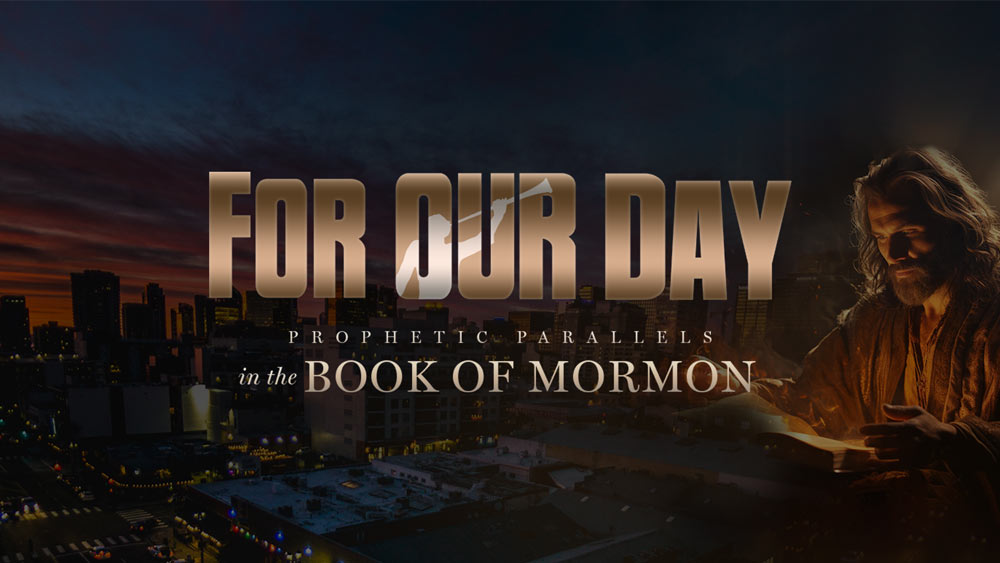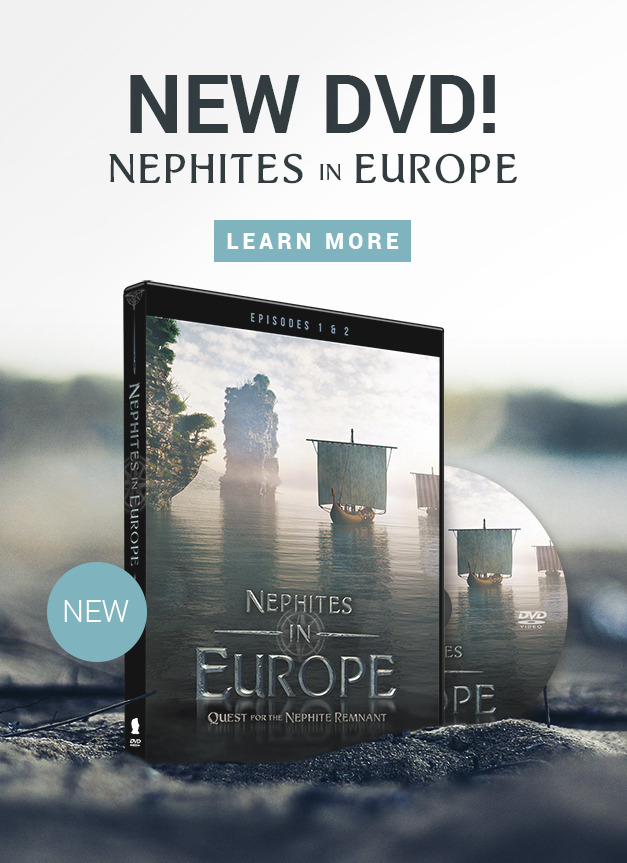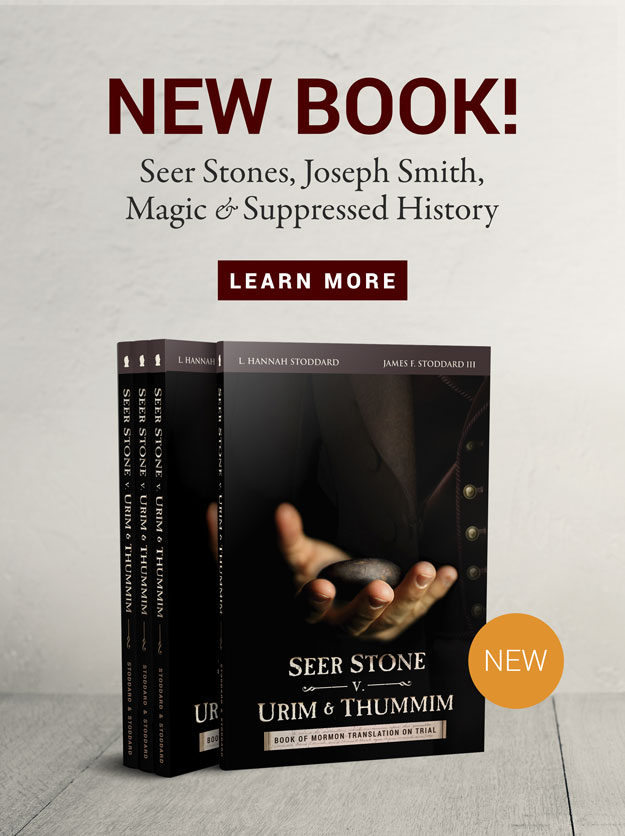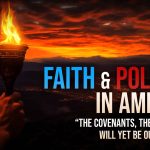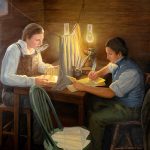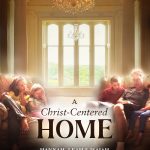Inspiring Stories
Edward Stephenson
I loved to hear the Prophet teach us. On one occasion he said, “Oh! how I would delight to bring before you things you never thought of, but poverty and the cares of the world prevent. But I am glad I have the privilege of communicating to you some things which, if grasped closely, will be a help to you when earthquakes bellow, the clouds gather, the lightnings flash, and the storms are ready to burst upon you like peals of thunder. Lay hold upon these things, and let not your knees or joints tremble, and your hearts faint.”1
Benjamin F. Johnson
The Prophet’s “teaching of love” was not to work upon the sympathies and sensibilities of the people, rather it was his great example and self-sacrifice, and his showing us that while all the world was against us, our only hope was in our union, and that union was only possible as the fruit of our love for each other. In teaching us the “Fatherhood of God, and the brotherhood of man,” we could begin to see why we should “love God supremely, and our brothers as ourselves.”
He taught us that God was the great head of human procreation, was really and truly the father of both our spirits and our bodies; that we were but parts of a great whole, mutually and equally dependent upon each other, according to conditions. And in our love of God we show, as do the members of our bodies, a greater love and protection for our head.
You will not forget that the march in science has in many things reversed the world’s thought, changed its “modus” and almost its face, and in fact, exploded the dogmas of outside theology. The keys to all this knowledge were first committed to the Prophet Joseph, as a part of the gospel, for the world’s benefit, for all of which he was derided. He was the first to teach in this age “substantialism,” the eternity of matter, that no part or particle of the great universe could become annihilated or destroyed; that light and life and spirit were one; that all light and heat are the “glory of God,” which is His power, that fills the “immensity of space,” and is the life of all things, and permeates with latent life, and heat, every particle of which all worlds are composed; that light or spirit, and gross matter, are the two first great primary principles of the universe, or of being; that they are self-existent, co-existent, indestructible, and eternal, and from these two elements both our spirits and our bodies were formulated.
He taught that all systems or worlds were in revolution, the lesser around the greater. He taught that all the animal kingdoms would be resurrected, and made us understand that they would remain in the dominion of those who, with creative power, reach out for dominion, through the power of eternal lives. He taught us that the Saints would fill the great West, and through Mexico and Central and South America we would do a great work for the redemption of the remnant of Jacob. And he taught us relating to the kingdom of God as it would become organized upon the earth through “all nations learning war no more” and all adopting the God-given Constitution of the United States as a palladium of liberty and equal rights.2
Henry William Bigler
The first Sunday after I reached Far West, I went to meeting with the hopes of hearing the Prophet. How disappointed I was when he called to the stand a beardless boy (Erastus Snow). But I soon found there was preach in him. When he finished, the Prophet got up and complimented the young man, but said: “I will correct the idea in regard to the little stone rolling forth, as foretold in Daniel, chapter 2. This is not so. It is stationary, like a grind stone, and revolves. (He made a motion with his hands showing how it turned.) When the Elders go abroad to preach the gospel, and the people become believers in the Book of Mormon and are baptized, they are added to the little stone. Thus, they are gathered around it so that it grows larger and larger until it begins to pinch the toes of the image, and finally breaks it into pieces to be carried away like the chaff of a summer’s threshing, while the stone will keep growing until its fills the whole earth.”
Speaking about praying to our Father in heaven, I once heard Joseph Smith remark, “Be plain and simple, and ask for what you want, just like you would go to a neighbor and say, I want to borrow your horse to go to the mill.”
I heard him say to some Elders going on missions, “Make short prayers and short sermons, and let mysteries alone. Preach nothing but repentance and baptism for the remission of sins, for that was all John the Baptist preached.”3
David Osborn
The first time I saw Joseph Smith was at Far West, in 1837. He and others were seated on a wagon box. There was a large congregation. Joseph said, “You have heard many reports about me. Some perhaps are true and others not true. I know what I have done and I know what I have not done. You may hug up to yourselves the Bible, but, except through faith in it you get revelation for yourself, the Bible will profit you but little. The Book of Mormon is true, just what it purports to be, and for this testimony I expect to give an account in the day of judgment. If I obtain the glory which I have in view, I expect to wade through much tribulation.”
In closing his remarks, he said, “The Savior declared the time was coming when secret or hidden things should be revealed on the house tops. Well, I have revealed to you a few things, if not on the house top, on the wagon top.”
On another occasion he preached and chastised the rich, or those who had money, for buying land at government price and selling it in small lots to their poor brethren at a high price. He said the Lord was not pleased with their conduct. “You say I am a prophet. Well, then, I will prophesy, and when you go home write it down and remember it. You think you have been badly treated by your enemies; but if you don’t do better than you are now doing, I prophesy that the state of Missouri will not hold you. Your sufferings have hardly commenced.”
About eighteen months after this we all left the state.
I have many times put a piece of corn bread in my pocket and walked to the city of Nauvoo, 4 1/2 miles, to hear Joseph and others preach, and felt that I was well paid for my pains. It was a perfect feast to me.4
Mosiah L. Hancock
We went with Joseph Smith to Missouri, and it was there on the road to Far West that I learned to love the noble course of the Prophet.
I asked Father, “Who made the father of our God?”
Brother Joseph answered, “Brother Levi, it is just as natural for God to have a father as it is for you or me to have one.”5
Orange L. Wight
We moved to Daviess County, Missouri, and made our principal settlement at Adam-ondi-Ahman. The Prophet Joseph told us that it was the place where Adam offered his holy sacrifices. The altar was not far from our house.
Adam-ondi-Ahman was visited a number of times by the Prophet Joseph Smith, and I became acquainted with him. Being now fourteen years old, I could comprehend and appreciate all, or nearly all, he would say. 6
Wandle Mace
Such was Joseph, the great Prophet of the last days. As he often joined us on the Temple grounds, we were sure of a rare treat if we could get him to talk to us. Some one present, being in a hurry to hear him, would say, “Brother Joseph talk to us.”
He would say: “What do you want to talk about? Start something.”
Soon a conversation would bring out some question for Joseph to answer. Then I would lean back and listen. Ah, what pleasure this gave me! He would unravel the scriptures and explain doctrine as no other man could. What had been mystery he made so plain it was no longer mystery.
He fed us deliciously with spiritual food. His discourses were becoming better every time he addressed the Saints, and we anticipated a continuance of these things.7
- They Knew the Prophet [Salt Lake City: Bookcraft, 1974], 95 – 96
- The Juvenile Instructor, XXVII (March 15, 1892), p. 173; Diary of David Osborn, Brigham Young University Library, p. 13.
- Autobiography of Mosiah L. Hancock, Brigham Young University Library
- Letter written by Orange L. Wight to Joseph I. Earl and Harriet M. Earl, Bunkerville, Nevada, May 4, 1903, typewritten copy in the Brigham Young University Library, pp. 3-9.
- Journal of Wandle Mace, Brigham Young University Library


